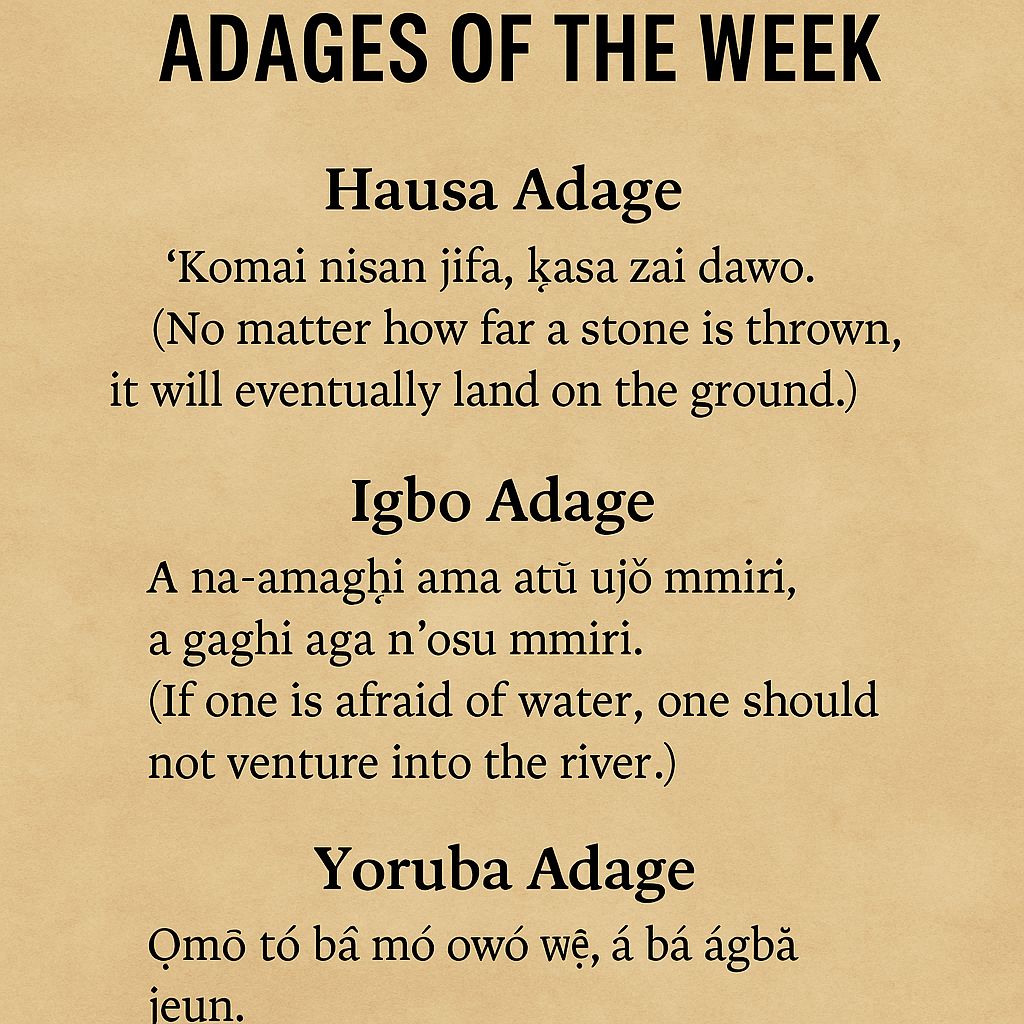Ghana Boosts Cocoa Exports Despite Global Price Fluctuations

Introduction
Ghana, the world’s second-largest cocoa producer after Côte d’Ivoire, has once again demonstrated resilience in one of the most volatile global markets. Despite dramatic price fluctuations in the international cocoa market, Ghana has managed to increase its cocoa exports this year. This achievement is credited to improved farming practices, better storage facilities, and strategic trade agreements that have secured stronger markets abroad. For a commodity that accounts for nearly 20% of Ghana’s export revenue, this is not just an economic win but also a social one.
The announcement came from the Ghana Cocoa Board (COCOBOD), the government agency responsible for regulating the industry. According to its leadership, the growth reflects years of reform aimed at protecting farmers and stabilizing national earnings. For Ghana’s millions of cocoa farmers, the increase offers hope of greater income security, even as global markets remain unpredictable.
Cocoa’s Role in Ghana’s Economy
Cocoa has long been a backbone of Ghana’s economy, employing nearly 800,000 households and contributing significantly to GDP. It is not just an export commodity — it is a livelihood for rural families and a cornerstone of national pride. Global demand for cocoa products such as chocolate continues to grow, but fluctuating prices often leave farmers vulnerable to poverty.
In recent years, Ghana has faced challenges ranging from climate change to illegal mining activities that affect fertile land. However, with new interventions, the country has managed to not only protect production but also enhance its export capacity.
Improved Farming Practices
One of the key reasons for the growth in exports has been the adoption of improved farming practices. The Cocoa Research Institute of Ghana has been promoting disease-resistant seedlings, better pest control methods, and climate-smart agriculture. Farmers who previously relied on traditional techniques are now receiving training on soil fertility management and sustainable production.
These measures are beginning to pay off. Farmers are reporting higher yields per hectare, while the government has supported initiatives to rejuvenate aging cocoa farms. This transformation is slowly reshaping Ghana’s rural economy and strengthening the long-term outlook of the industry.
Better Storage and Supply Chain Facilities
Another major factor is the investment in post-harvest storage. Poor storage facilities in the past often led to significant post-harvest losses. Now, new warehouses with modern ventilation and preservation systems have reduced spoilage. The Ghana Cocoa Board has also streamlined the supply chain, ensuring that beans are transported quickly from farms to ports.
This improvement is crucial because international buyers, especially in Europe, demand high-quality cocoa that meets strict standards. By investing in infrastructure, Ghana is positioning itself as a consistent and reliable supplier.
Trade Agreements and Market Diversification
Ghana has also pursued strategic trade agreements to stabilize demand. New contracts with buyers in the European Union, as well as growing exports to Asian markets, have reduced dependence on traditional buyers. By expanding its reach, Ghana is protecting itself from price shocks in any one market.
For example, agreements with China have opened up opportunities in Asia’s growing chocolate industry, while collaborations with fair-trade organizations in Europe ensure that Ghanaian farmers receive a better share of profits.
Impact on Rural Communities
The boost in exports is already being felt in rural areas. Farmers are receiving better prices for their beans, and programs to support women and youth in cocoa communities are gaining momentum. Incomes are stabilizing, helping families afford education, healthcare, and better living conditions.
However, challenges remain. The high cost of fertilizers and limited access to credit continue to hold some farmers back. The government has pledged to address these barriers, but long-term solutions are still needed.
Climate Change Concerns
Despite the good news, climate change remains the biggest threat to Ghana’s cocoa industry. Rising temperatures, shifting rainfall patterns, and deforestation are making traditional cocoa-growing regions less viable. COCOBOD has partnered with international organizations to encourage shade-grown cocoa and reforestation, but the scale of the challenge is immense.
Analysts warn that unless aggressive action is taken, Ghana could face declining production within the next 20 years. That reality underscores the importance of today’s gains and the urgency of climate adaptation strategies.
Regional Impact: Lessons for Nigeria and Côte d’Ivoire
Ghana’s progress is also being watched closely by other major producers, particularly Nigeria and Côte d’Ivoire. These countries face similar challenges and could adopt Ghana’s model of improved practices and strategic trade. For West Africa as a whole, cocoa is not just a crop but a regional economic pillar.
If neighboring countries follow suit, the region could secure a stronger voice in global commodity negotiations, ensuring that farmers receive fairer compensation for their labor.
Expert Perspectives
Market analysts view Ghana’s approach as a blend of pragmatism and foresight. By balancing farmer welfare with profitability, Ghana is proving that it is possible to grow exports without sacrificing local livelihoods. This balance is rare in commodity markets, where producers are often at the mercy of global traders.
Dr. Kwame Ofori, an agricultural economist, noted: “Ghana is showing that with the right policies, African producers can reduce their vulnerability to price swings. The key is not just producing more, but producing smarter and marketing better.”
The Chrome News Perspective
At Chrome News, we see Ghana’s cocoa story as more than just an export milestone. It represents the resilience of African agriculture in the face of global uncertainty. For too long, African farmers have been the weakest link in global supply chains, bearing the brunt of price instability and climate stress. Ghana’s reforms show that with investment, innovation, and leadership, Africa can shift this dynamic.
The lesson is clear: Africa does not have to remain a supplier of raw commodities at unstable prices. By improving practices, building infrastructure, and diversifying markets, countries like Ghana can command greater respect and profitability in global trade.
Conclusion
Ghana’s cocoa export success is a story of resilience, adaptation, and ambition. It is also a story of people — the farmers, traders, and rural families whose lives depend on the crop. While global cocoa prices may continue to fluctuate, Ghana has shown that with the right strategies, it is possible to protect farmers and grow exports.
As other African countries look on, Ghana’s example may shape the future of cocoa across the continent. For the farmers drying beans under the sun today, it is a reminder that their work continues to matter on the global stage.







